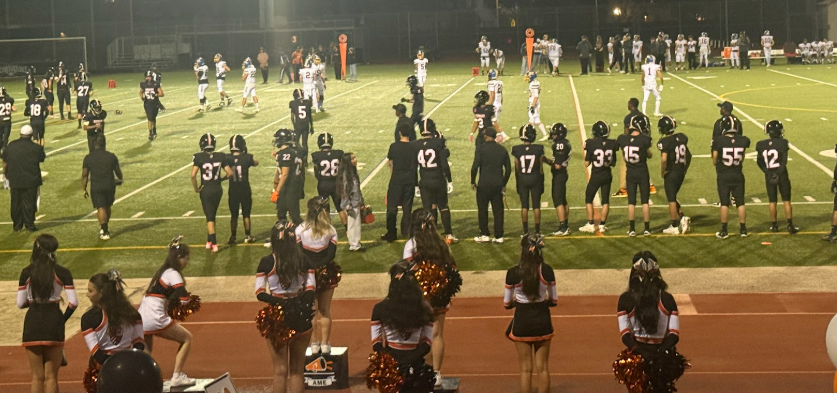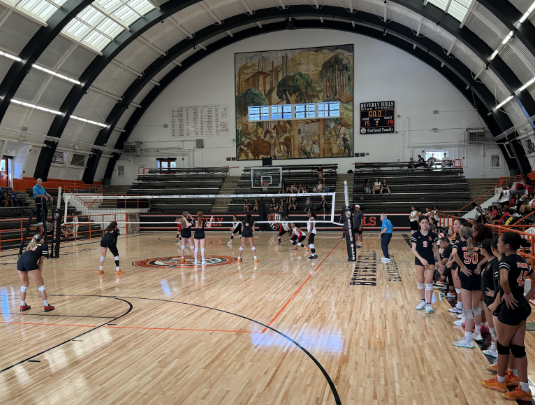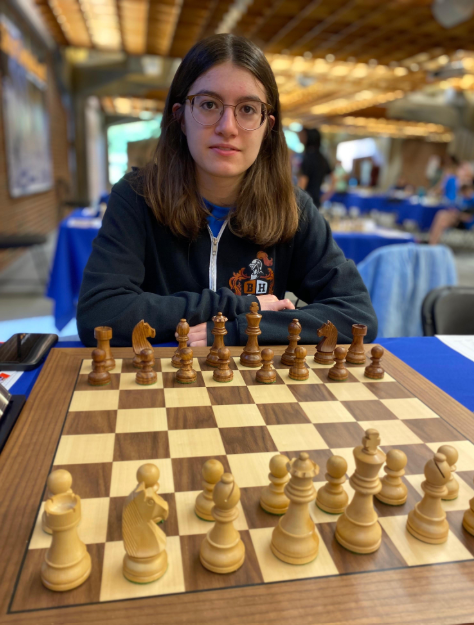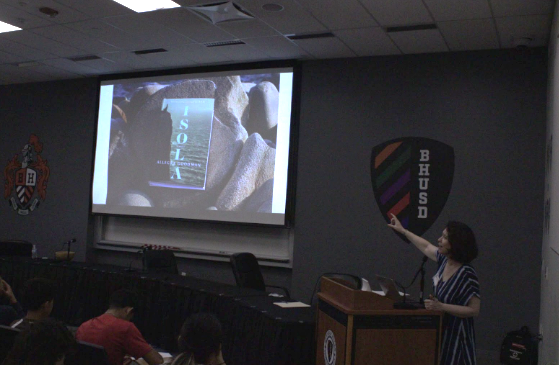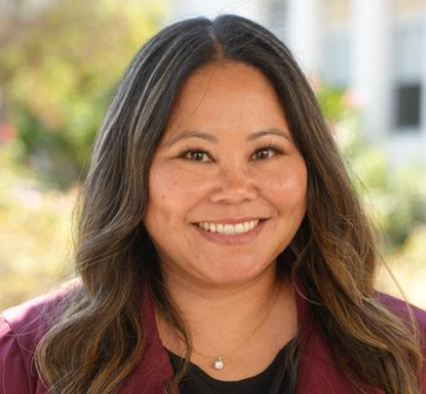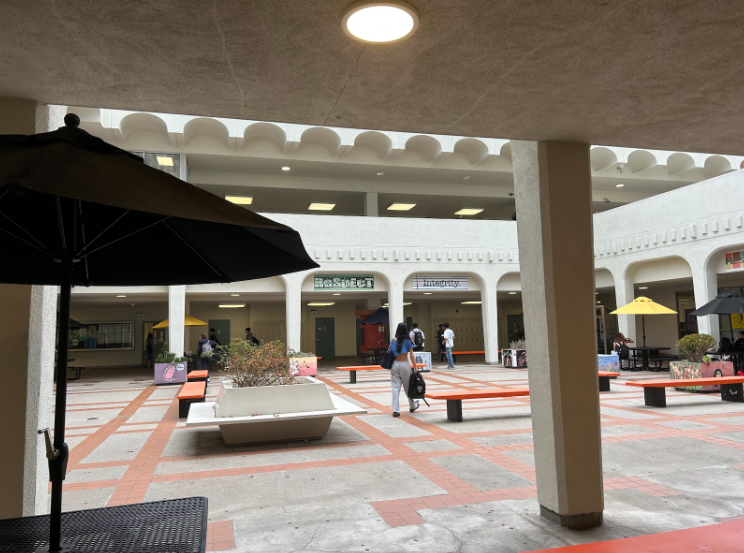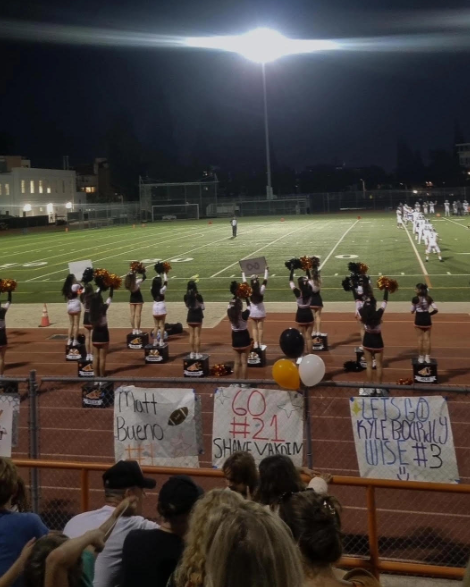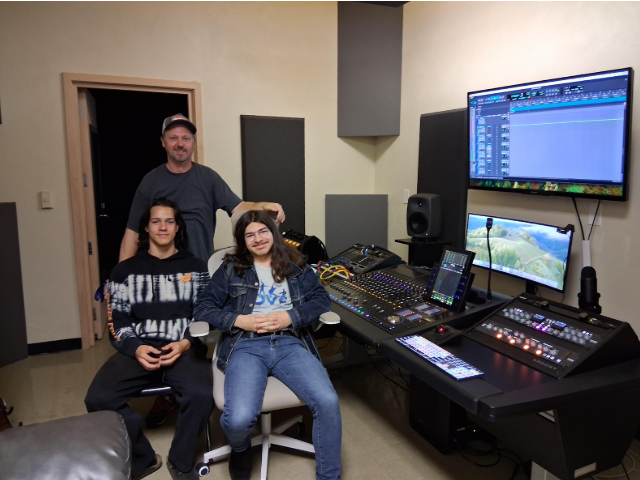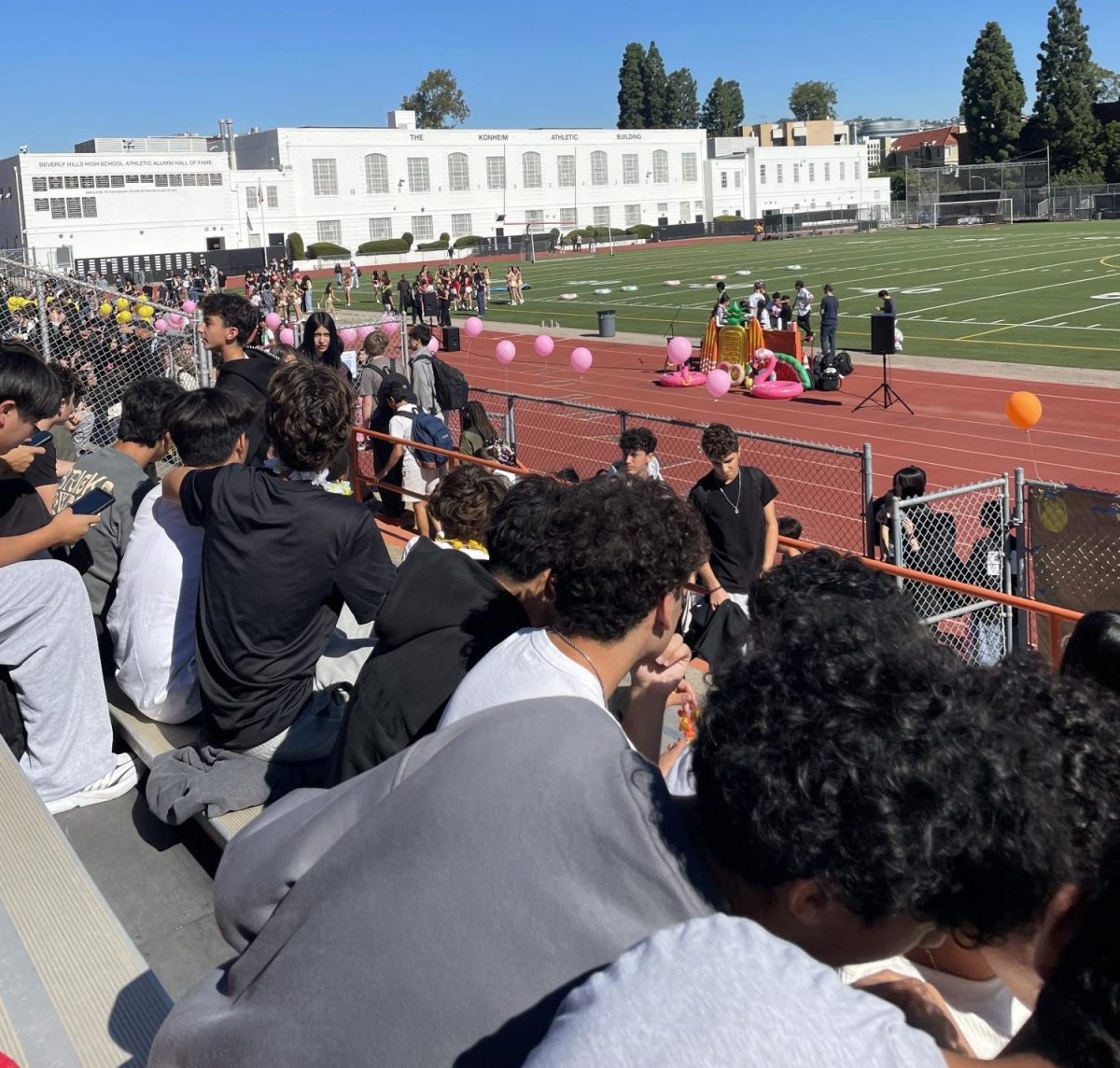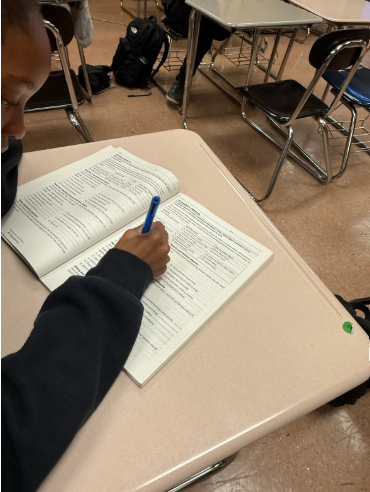Benjamin Hannani, staff writer; Jessica Saadian, staff writer; and Julia Waldow, print editor-in-chief
It was another typical Saturday night in 2006 for three Beverly students. They were headed to a party, expecting to arrive home a few hours later. But one of the students, Vahagn Setian, never did. Although Setian himself was sober, he entered a vehicle with intoxicated driver and actor Lane Garrison, who crashed the car into a tree.
“They say life is a journey, not a destination. When you live it, you enjoy it while you live it. There are always parties and get togethers, but there’s always a way to get home without killing anybody or yourself,” Setian’s father, Karén Setian, said. “It takes one destructive measure and everything you worked for and everything your parents worked for can just go down the toilet. I was with my kid one afternoon and next thing I knew, I was basically closing his eyes in the hospital when his dead body was lying there.”
Setian’s story is not unusual. In the past five years alone, the state of California has seen 5,167 Driving Under the Influence (DUI) fatalities, according to Mothers Against Drunk Driving (MADD).
“My girlfriends and I always switch off weekends for whoever is supposed to be the designated driver for everyone,” said a senior who requested to remain anonymous. “So I have never had a situation in which I was in the car with a driver under the influence. If something came up, though, where no one was able to drive, then we would usually call a taxi driver or one of our parents to drive us. Driving under the influence is never okay and students need to understand that they are not invincible in circumstances such as drinking and driving.”
Distracted driving consists of more than simply intoxication. Texting and driving causes 11 teen deaths every day, according to Insurance Institute for Highway Safety Fatality Facts. As the number one driving distraction reported by teen drivers, texting while driving causes 1,600,000 accidents annually. According to the National Highway Transportation Safety Administration, texting while driving, the equivalent of driving after four beers, is about six times more likely to cause an accident than driving while intoxicated.
“No text, or any distraction for that matter, is worth losing a life,” senior Lina Hebert said. “I think that [high accident rates among teens] are due to all the new technology we have available that is instantaneous. We’ve grown up believing that what we need, we need NOW. If our phones beep, nobody wants to wait two minutes to check it. We always need to be in constant contact with our friends.”
Beverly students shared a feeling of discomfort and concern about the increasing possibility of an accident when in the car of a friend who texts and drives.
“Some of my friends do text and drive, and I don’t approve of it at all because they might be texting at a stoplight and think it’s green when it’s not and start pressing the gas,” senior Ramtin Mobasheri said. “I never like being in a car when they do that.”
However, teenagers are not the only ones guilty of texting and driving. Adult drivers also engage in such behavior. Passengers confess feeling discomfort in the midst of an adult driving unsafely, regardless of how experienced the driver is.
“I even catch my own mom texting and driving,” senior Brittney Bracht said. “She’s probably the worst about it, and a hypocrite. I know she’d scold me and I’d never hear the end of it if I texted and drove simultaneously. I think it’s really scary. Our brains actually don’t have the ability to multitask, [and] that’s definitely a reason for concern and possible danger to themselves and the people around them.”
After experiencing the “Every 15 Minutes” program on Nov. 27, upperclassmen committed to engage in safer driving practices. The program, which simulated a car crash involving Beverly students and a subsequent memorial, particularly impacted senior Lili Eshaghzadeh. In addition to seeing her fellow students in despair, Eshaghzadeh was also moved by speaker Emily Cornelius, who was the victim of a texting-related collision during her senior year of high school.
“I hate to say this, but I am one of those people who has texted while driving or while I was at a stop [sign],” Eshaghzadeh, who was one of the upperclassmen involved in the simulation, said. “After being a part of the ‘Every 15 Minutes’ program and seeing first-hand the effects and consequences of not only drinking and driving, but also texting and driving, I can assure you that I will no longer be using my phone while behind the wheel and now I always make sure that my friends do not use their phones while they’re driving either. Seeing the condition the [BHPD officer Brad Cornelius’s] daughter, Emily, was in due to a car accident involving texting and driving, I really came to see the dangers and horrors of texting and driving.”
The program has also invigorated students as passengers. Rather than passively allowing their friends to text and drive, students now feel obligated to keep their friends focused on the road.
“This program really taught me to stand up when I see [distracted driving],” Hebert said. “All of us have voices, and we haven’t been using them.”
However, “Every 15 Minutes” is not the only program designed to combat distracted driving. At KeepTheDrive.com, teenagers from across the country are becoming increasingly vocal about the necessity of focused driving. Launched by the Allstate Foundation and led by teenagers, the website is devoted to raising awareness about safe driving practices. Log on now to learn more about safe driving habits.
Categories:
Distracted driving, texting cause discomfort, pose danger to community
February 28, 2013
0
Donate to Highlights
$125
$1000
Contributed
Our Goal
Your donation will support the student journalists of Beverly Hills High School. Your contribution will allow us to purchase equipment and cover our annual website hosting costs.
More to Discover







